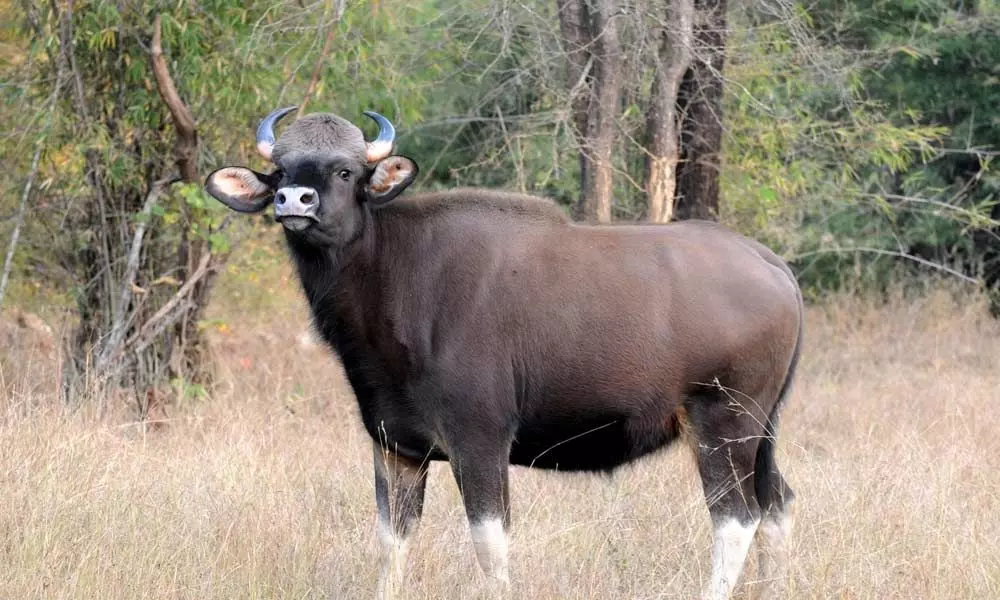Flora & fauna thrive in Papikonda National Park

National parks face many threats, from dangers like climate change to the continued depletion of their natural resources
Rajamahendravaram: National parks face many threats, from dangers like climate change to the continued depletion of their natural resources. Though these protected areas seem to be supportive of the biodiversity conservation, several challenges and gaps have emerged that need to be addressed for effective conservation and sustainable management in these protected areas.
However, the wildlife officials at Papikonda National Park (PNP) have evolved a multi-pronged strategy to protect the wildlife. Conserving and preserving wildlife does not just mean saving the lives of animals from poachers but also from the ravages of nature, the officials here believe.
The wildlife wing here takes care of the water bodies and ensures that the water levels are not depleted here. The grassland protection is another aspect that is dear to their heart. The result of the efforts could be seen in the increasing numbers of the bison population in this dry deciduous forest sprinkled with bamboo and forest vegetation. The streams in the area help the cause a lot. PNP has become a conducive place for the survival of Indian Bisons, also called Gour. PNP is situated in Eastern Ghats of Papikondalu, which is mostly inaccessible.
According to the divisional forest officer (wildlife) C Selvam the bisons are mainly found in Sirivaka, Perantalapalli, Rekhapalli, Kondamodalu and Akuru areas of park. The department is focussing on raising bamboo plantations as bison's favourite sustenance is through bamboo leaves. Grasslands, waterholes, check dams etc are enough for the bisons along with other wild animals to survive here.
The department is creating awareness among the tribals about the importance of wild animals and many tribes have joined hands as wildlife watchers in PNP. Hunting is reduced because of awareness and stringent watch. The DFO further added, PNP is having 370 bisons, one tiger, six Indian panthers, 35 bears, 59 sambars and 168 wild dogs etc. Spotted deers, four horned antelope sambar, hyena sloth bear are also seen in PNP. The department keeps an eye on the animals through its trap cameras in PNP. Forest range officer KVS Raghava Rao said PNP was spread in 1,012 square kilometres in the districts of Khammam, West Godavari and East Godavari. Due to construction of Polavaram Project the government upgraded Papikondalu Wildlife Sanctuary as PNP in 1998.




















